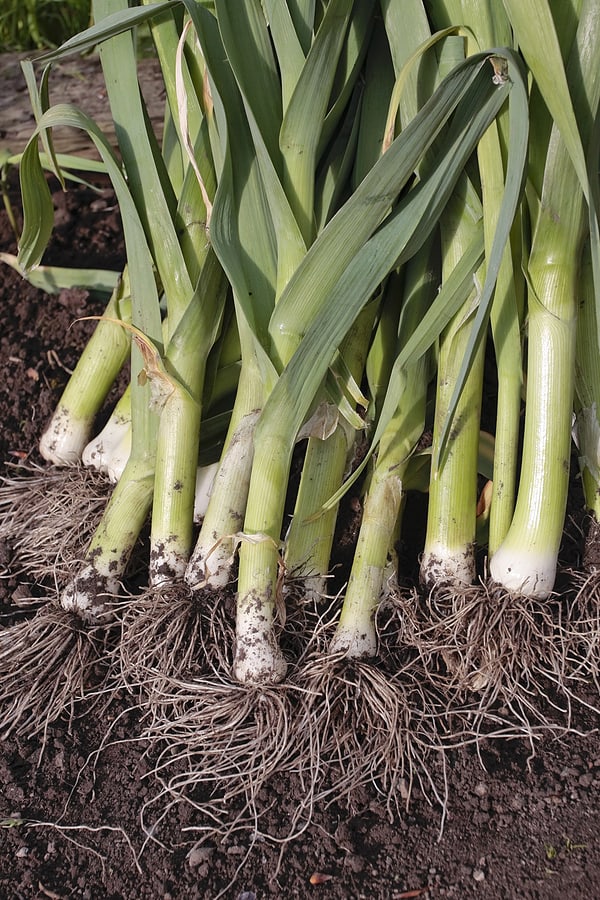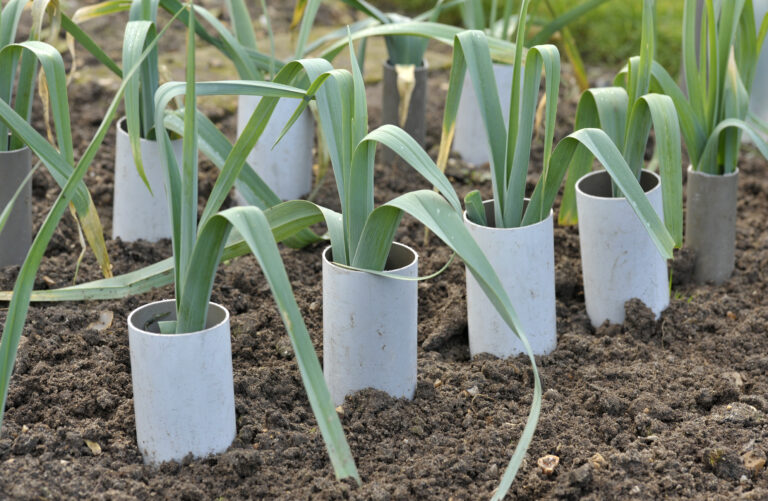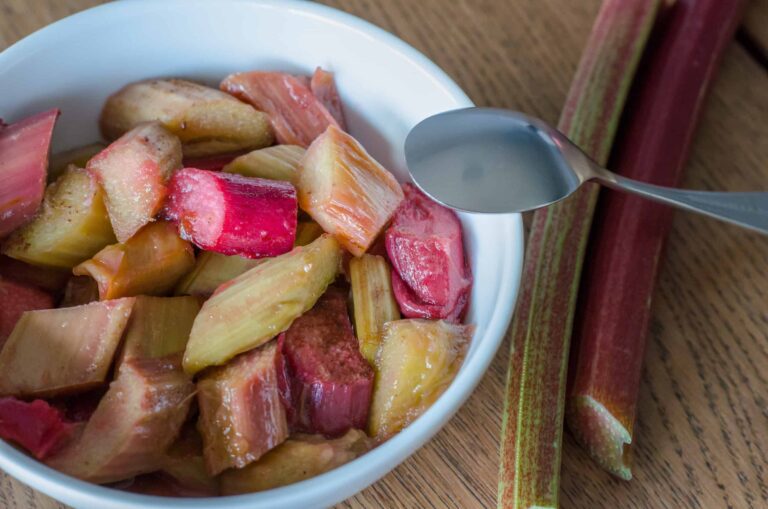How to Harvest and Store Leeks
Harvest leeks when they are big enough to use. Most leeks mature 100 to 120 days after sowing seed, but a few varieties mature in as few as 60 days.
Some varieties mature at ½ to ¾ inches in diameter; others can grow to 1 inch (2.5 cm) or more in diameter.
Related articles:
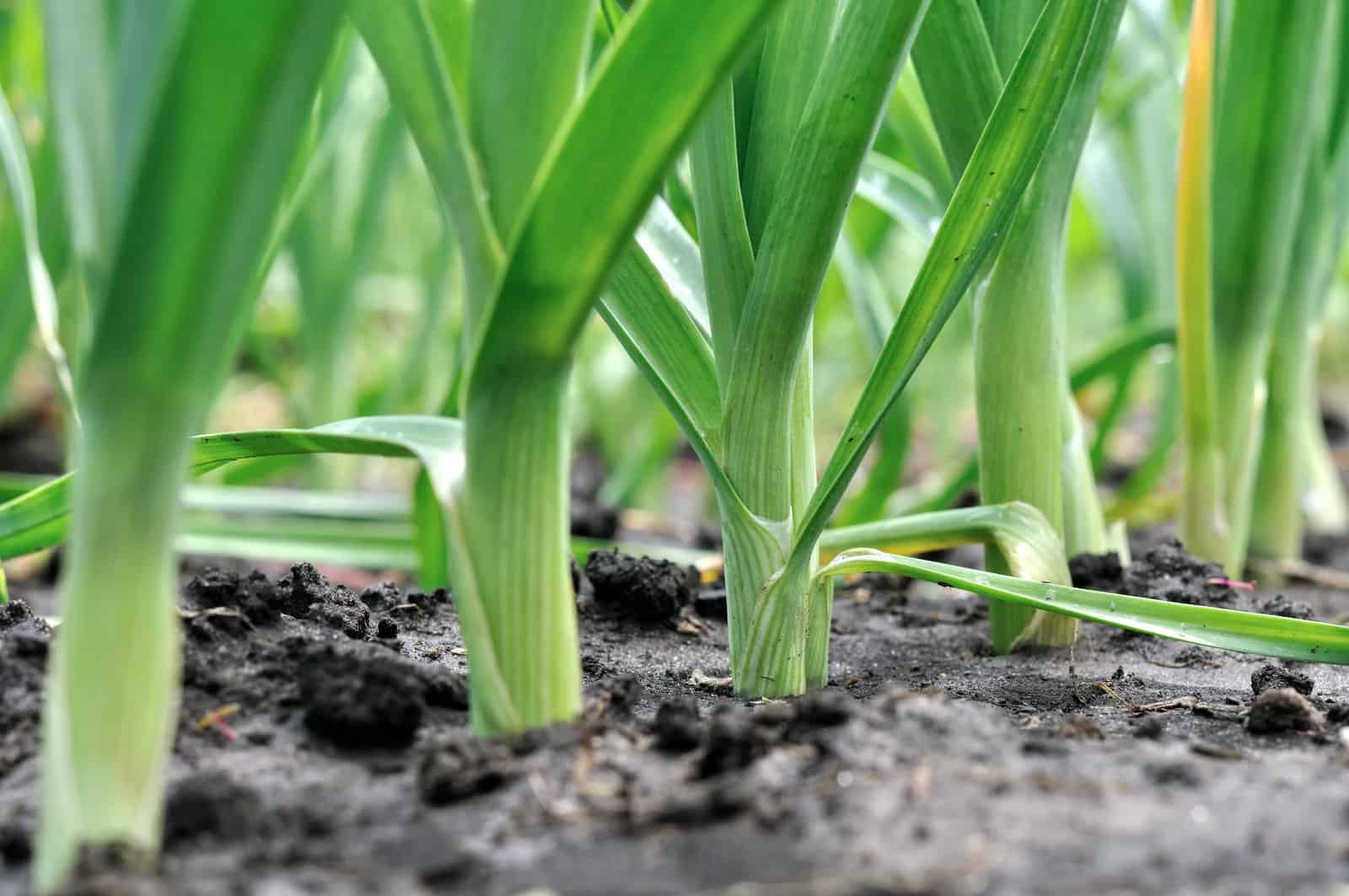
When to harvest leeks
- A leek is ready for harvest when its white stem or shaft is 3 inches (7 cm) long or greater.
- Harvest leeks before they start to widen too much at the base; don’t allow leeks to form bulbs.
- The top growth of a leek—called the flag—should be dark blue-green at harvest. Unlike onions and shallots, leek tops do not die back as the plant matures.
- Leeks can be harvested from late summer to early spring depending upon the variety and climate. In milder winter climates, leeks can be overwintered in the garden for spring harvest.
- Some varieties such as ‘Winter Giant’ and ‘Tadorna Blue’ are bred for overwintering. Temperatures as low as 20°F (-6°C) will not harm these varieties. If you leave leeks in the ground for winter harvest, hill up the soil around the plants and cover them with a heavy layer of mulch until you need them.
- Non-hardy leeks ready in 60 to 90 days will be milder flavored than long-growing, hardy varieties. Harvest non-hardy varieties in the summer and fall before the first frost.
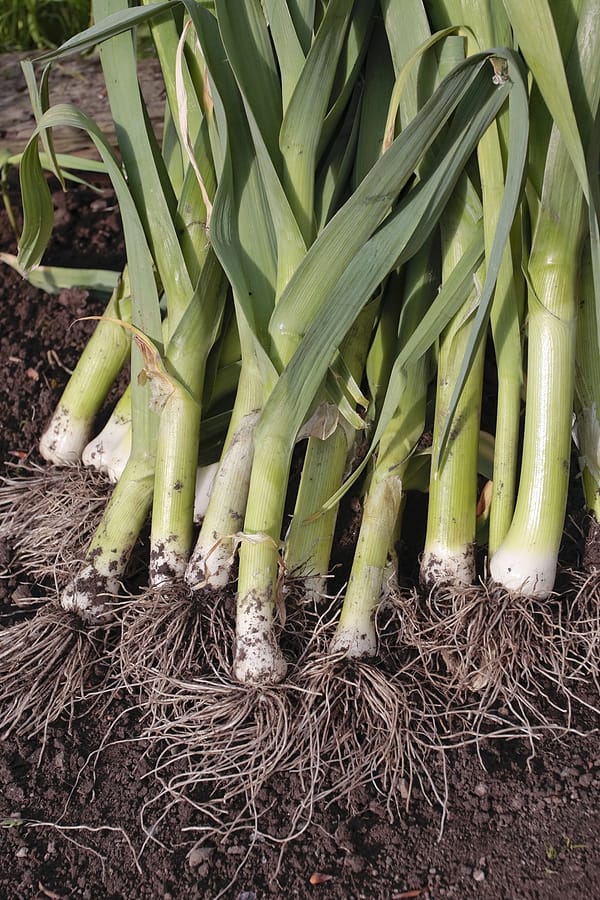
How to harvest leeks
- Digging leeks is easier than pulling. Leeks have a large root system.
- Use a hand fork or garden fork to loosen the soil before lifting leeks.
- Where the soil is loose, you can harvest leeks by hand by gently twisting and pulling them from the soil.
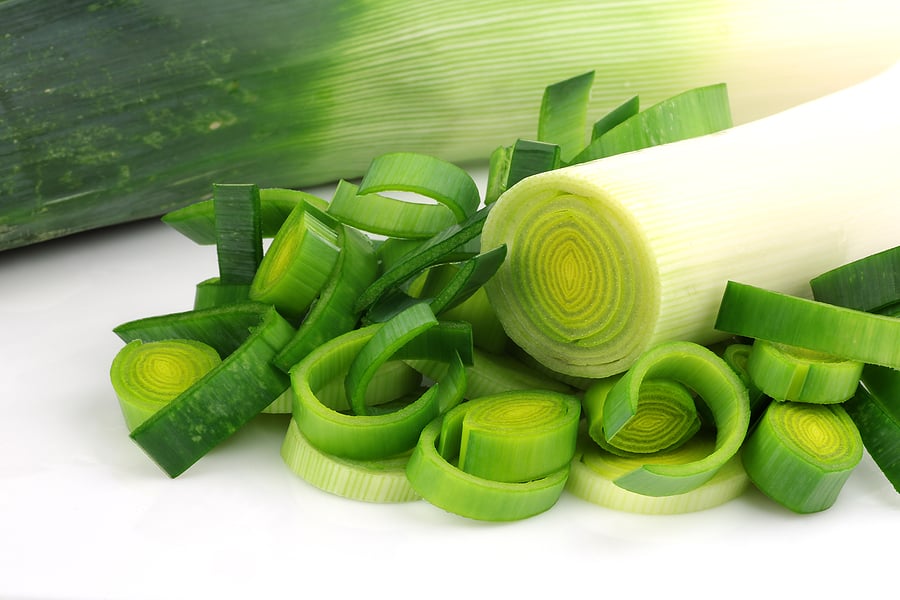
How to store leeks
- Give harvested leeks a shake and brush off as much soil as possible then rinse the plant thoroughly.
- Leeks are the most flavorful used fresh.
- Store leeks wrapped in a damp paper towel in a perforated plastic bag in the refrigerator for 7 to 10 days. Smaller leeks store better than larger leeks. Trim the roots and wash the leaves and stem before refrigerating.
- Leeks store best at 32°F (0°C) and 95 to 100 percent relative humidity. Yellowing and decay develop rapidly at warmer storage temperatures. The high relative humidity is essential to prevent wilting.
- Trim the leaves and slice leeks in half lengthwise immediately before use and rinse out any remaining soil that is often caught between the tight leaves.
Leeks Growing Hub
Start here: The Ultimate Leeks Growing Guide: From Seed to Harvest
Leek Basics & Varieties
- Short-Season vs. Long-Season Leeks: Key Differences and How to Grow Each
- Best Leek Varieties to Grow in Your Garden
- Leeks vs. Green Onions vs. Garlic Scapes: What’s the Difference?
Planting & Site Prep
- Leeks Seed Starting Tips
- When to Plant Leeks by USDA Zone
- Planting and Spacing Leeks for Healthy Growth
- The Best Companion Plants for Leeks and What to Avoid
Unique Growing Methods
- Hilling Leeks: How to Grow Long, White Stems
- Growing Leeks in Tubes: A Step-by-Step Method
- How to Grow Leeks in Containers or Pots
Care & Maintenance
- How to Water Leeks for Steady Growth
- Fertilizing Leeks: Feeding Tips for Bigger, Sweeter Stalks
- Leek Care Throughout the Growing Season
- How to Extend the Leek Harvest Into Winter
Pests & Diseases
Harvest & Beyond
- How to Harvest and Store Leeks
- How to Harvest Leeks for the Best Flavor
- Six Ways to Cook and Serve Leeks
Leeks articles on Harvest to Table:
How to Harvest and Store Leeks
Six Ways to Cook and Serve Leeks
Onion Family Growing Problems Troubleshooting
Garden Planning Books at Amazon:
- Vegetable Garden Almanac & Planner
- Kitchen Garden Grower’s Guide Vegetable Encyclopedia
- Vegetable Garden Grower’s Guide
- Tomato Grower’s Answer Book
More harvest tips:
Learn when and how to harvest your favorite vegetables for the best flavor and texture. Get storage tips for each crop. Click on the vegetable you are growing below.
- Artichoke
- Arugula
- Asparagus
- Beans
- Beets
- Broccoli
- Brussels Sprouts
- Cabbage
- Cantaloupe — Melons
- Carrots
- Cauliflower
- Celery
- Chard
- Collards
- Corn, Sweet
- Cucumbers
- Eggplant
- Endive and Escarole
- Garlic
- Jerusalem Artichoke
- Kale
- Kohlrabi
- Leeks
- Lettuce
- Melons
- Okra
- Onions
- Parsnips
- Peas
- Peppers
- Potatoes
- Pumpkins
- Radicchio
- Rhubarb
- Rutabaga
- Spinach
- Squash, Summer
- Squash, Winter
- Sunchokes
- Sweet Potato
- Swiss Chard
- Tomatillo
- Tomatoes
- Turnips
- Watermelon

